1. Cover image
2. Title page
3. Table of Contents
4. Table of Contents
5. Copyright
6. Dedication
7. Foreword to the First Edition
8. Preface to the First Edition
9. Preface to the Second Edition
10. Preface to the Third Edition
11. Preface to the Fourth Edition
12. Further reading
13. 2.3. ARM processor
14. Further reading
15. 3.1. Introduction
16. 3.2. Programming input and output
17. 3.3. Supervisor mode, exceptions, and traps
18. 3.4. Coprocessors
19. 3.5. Memory system mechanisms
20. 3.6. CPU performance
21. 3.7. CPU power consumption
22. 3.8. Safety and security
23. 3.9. Design example: data compressor
24. 3.9. Design example: data compressor
25. 3.10. Summary
26. What we learned
27. Further reading
28. Further reading
29. Further reading
30. 5.1. Introduction
31. 5.2. Components for embedded programs
32. 5.3. Models of programs
33. 5.4. Assembly, linking, and loading
34. 5.5. Compilation techniques
35. 5.5. Compilation techniques
36. 5.6. Program-level performance analysis
37. 5.7. Software performance optimization
38. 5.8. Program-level energy and power analysis and optimization
39. 5.9. Analysis and optimization of program size
40. 5.10. Program validation and testing
41. 5.11. Safety and security
42. 5.12. Design example: software modem
43. 5.13. Design example: digital still camera
44. 5.14. Summary
45. What we learned
46. Further reading
47. Further reading
48. Further reading
49. 6.4. Preemptive real-time operating systems
50. Further reading
51. Further reading
52. Further reading
53. Further reading
54. Further reading
55. Glossary
56. References
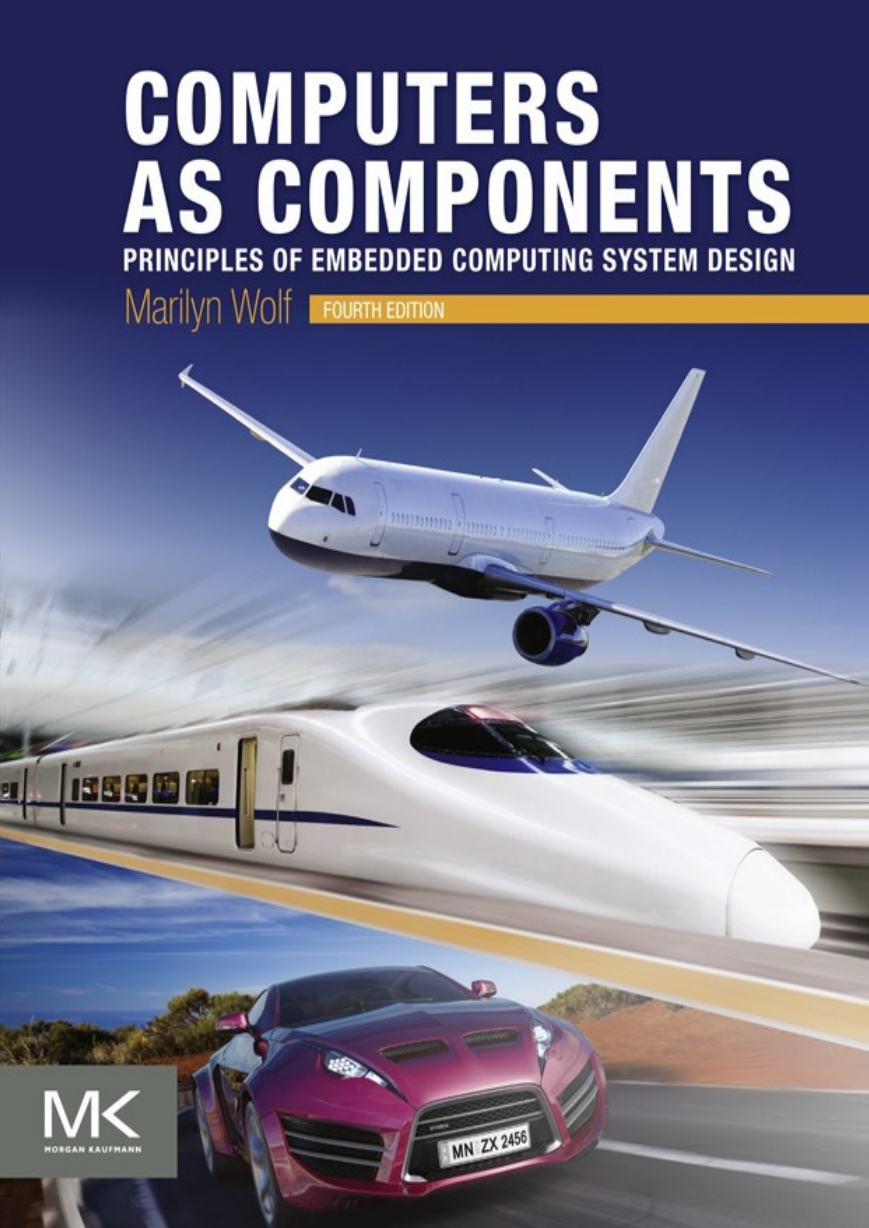
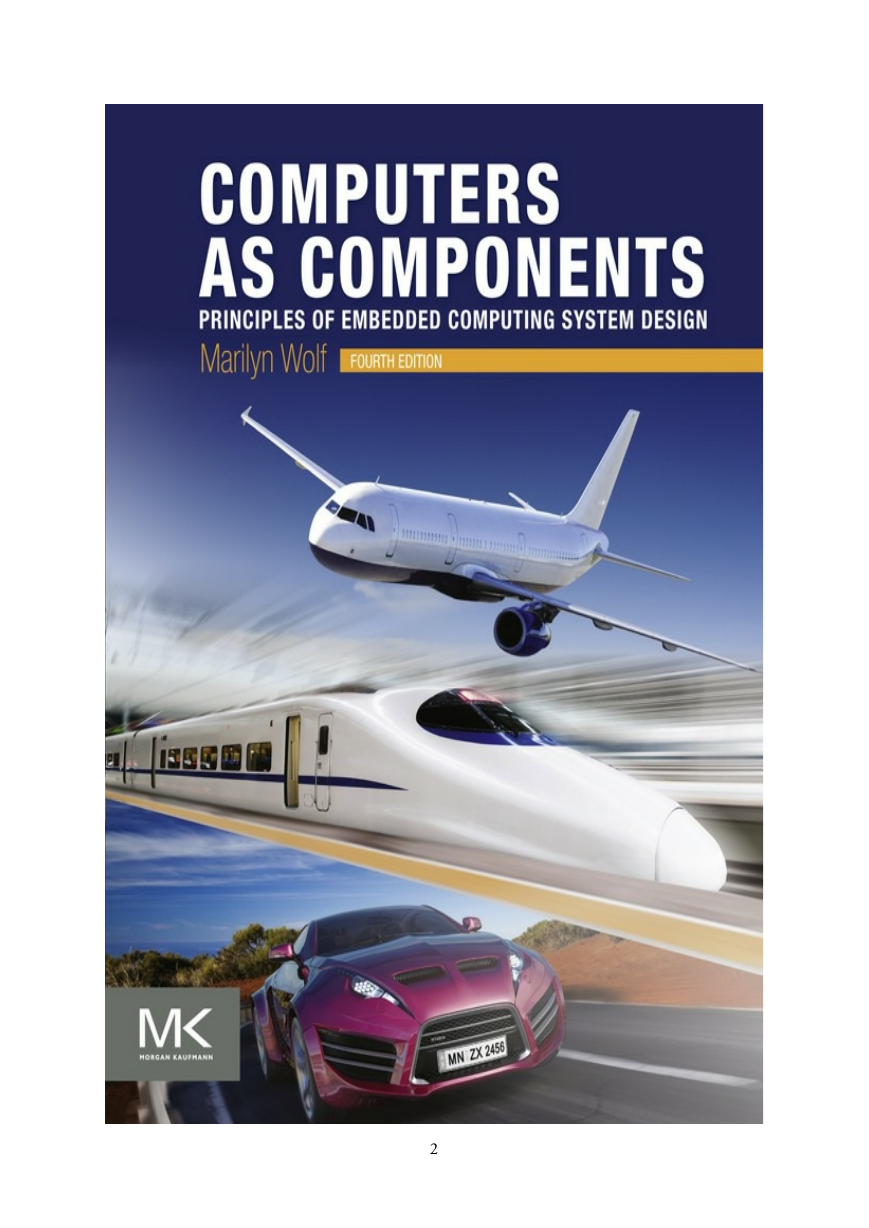

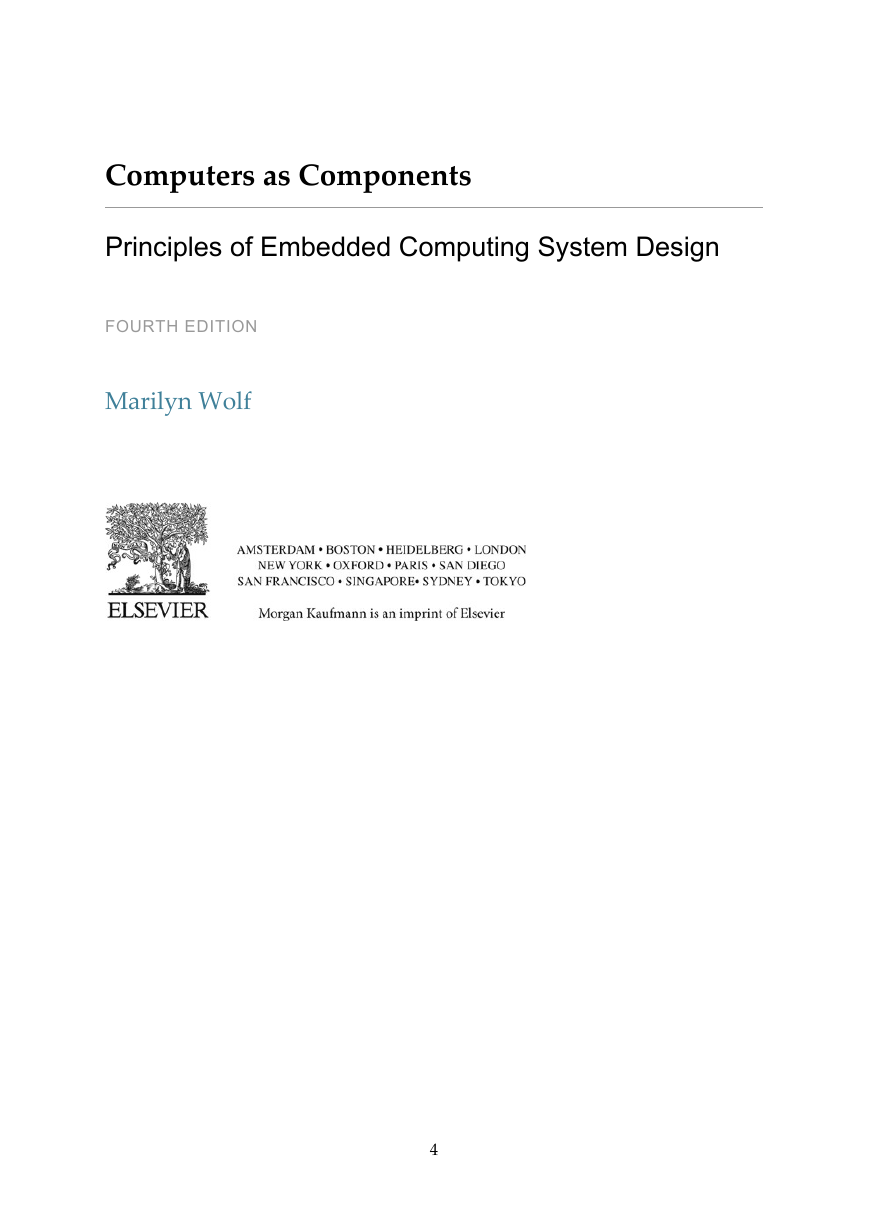
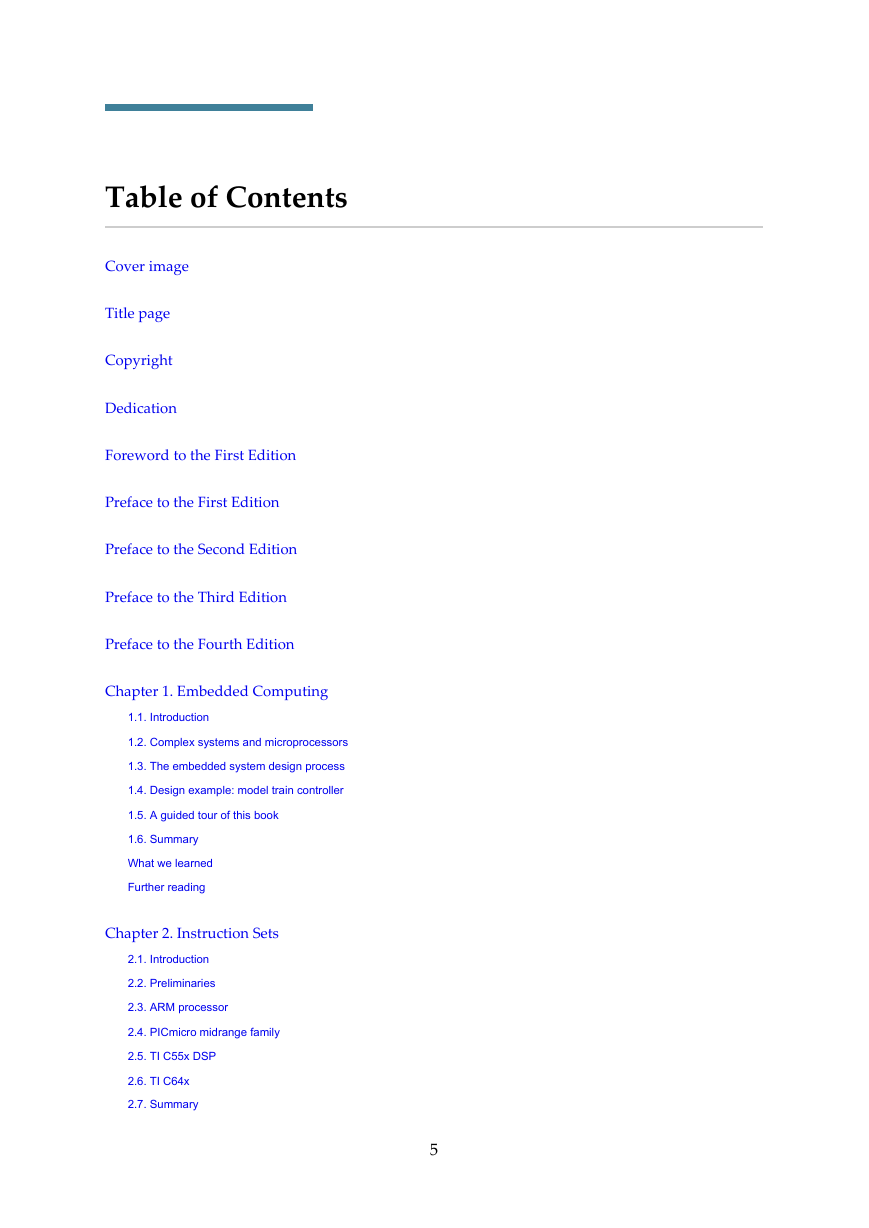

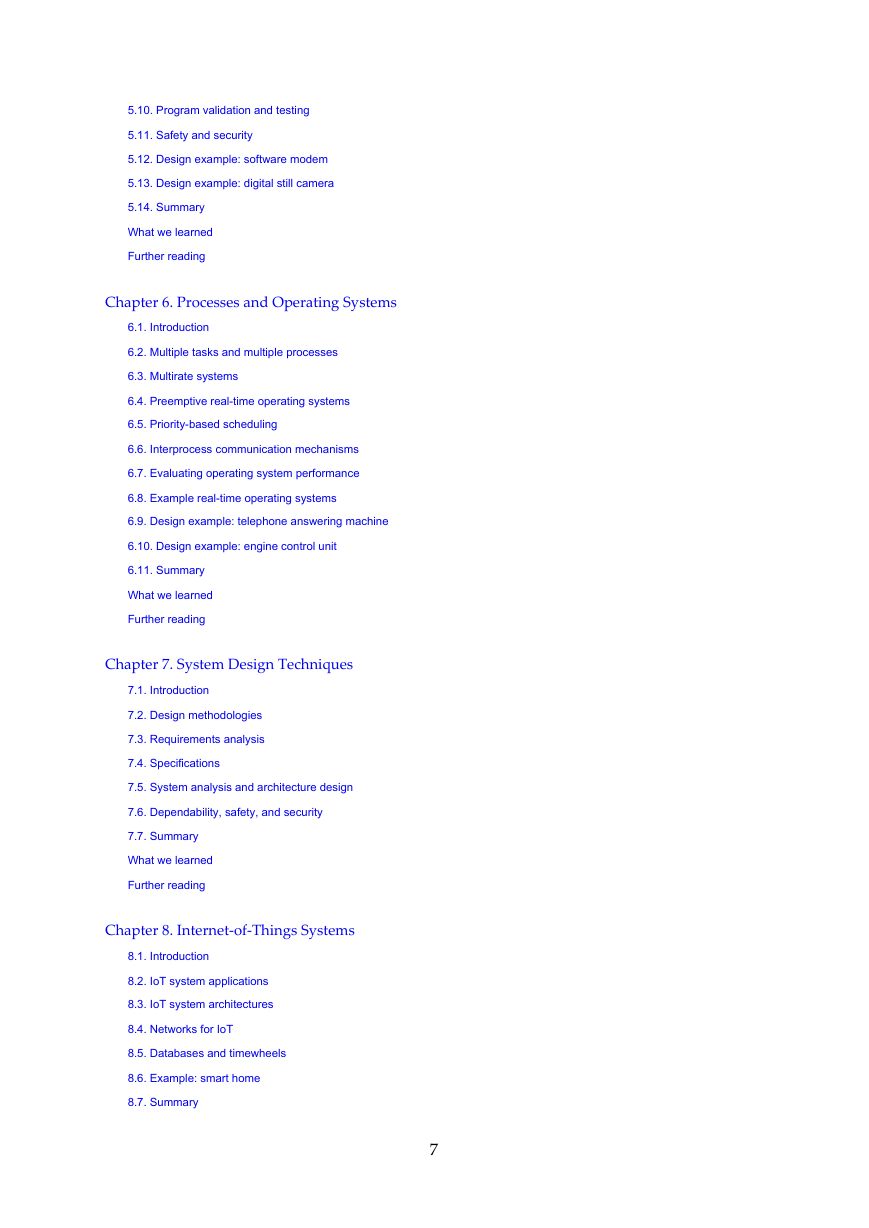
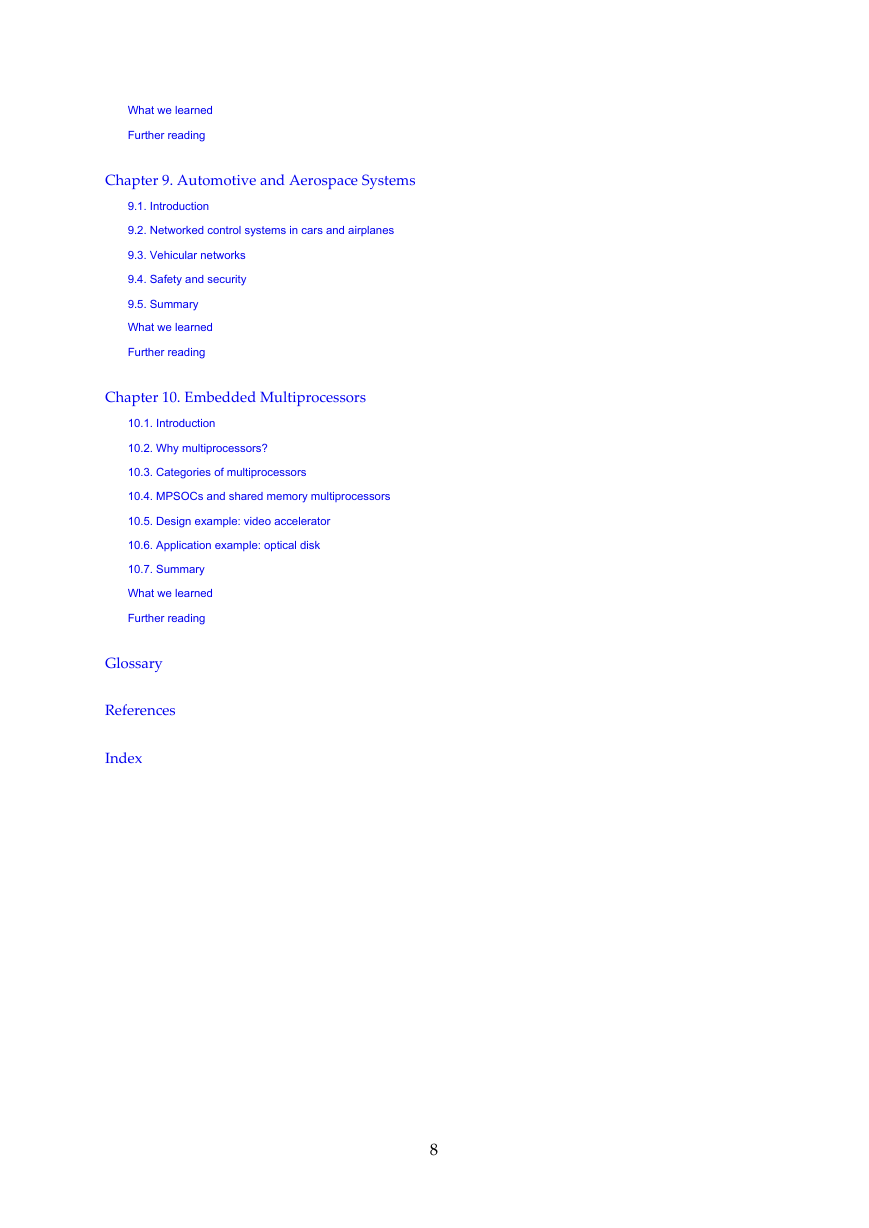








 2023年江西萍乡中考道德与法治真题及答案.doc
2023年江西萍乡中考道德与法治真题及答案.doc 2012年重庆南川中考生物真题及答案.doc
2012年重庆南川中考生物真题及答案.doc 2013年江西师范大学地理学综合及文艺理论基础考研真题.doc
2013年江西师范大学地理学综合及文艺理论基础考研真题.doc 2020年四川甘孜小升初语文真题及答案I卷.doc
2020年四川甘孜小升初语文真题及答案I卷.doc 2020年注册岩土工程师专业基础考试真题及答案.doc
2020年注册岩土工程师专业基础考试真题及答案.doc 2023-2024学年福建省厦门市九年级上学期数学月考试题及答案.doc
2023-2024学年福建省厦门市九年级上学期数学月考试题及答案.doc 2021-2022学年辽宁省沈阳市大东区九年级上学期语文期末试题及答案.doc
2021-2022学年辽宁省沈阳市大东区九年级上学期语文期末试题及答案.doc 2022-2023学年北京东城区初三第一学期物理期末试卷及答案.doc
2022-2023学年北京东城区初三第一学期物理期末试卷及答案.doc 2018上半年江西教师资格初中地理学科知识与教学能力真题及答案.doc
2018上半年江西教师资格初中地理学科知识与教学能力真题及答案.doc 2012年河北国家公务员申论考试真题及答案-省级.doc
2012年河北国家公务员申论考试真题及答案-省级.doc 2020-2021学年江苏省扬州市江都区邵樊片九年级上学期数学第一次质量检测试题及答案.doc
2020-2021学年江苏省扬州市江都区邵樊片九年级上学期数学第一次质量检测试题及答案.doc 2022下半年黑龙江教师资格证中学综合素质真题及答案.doc
2022下半年黑龙江教师资格证中学综合素质真题及答案.doc